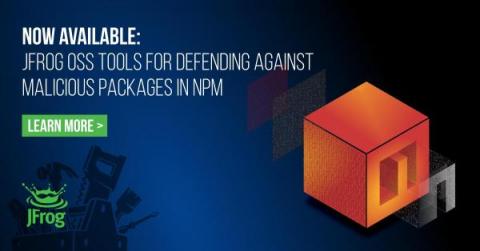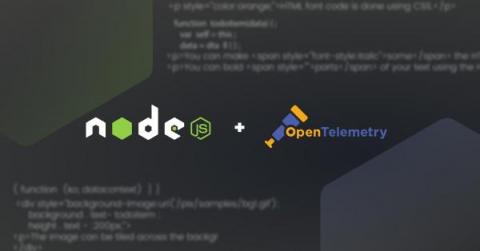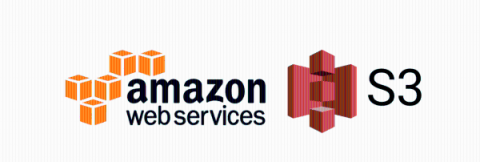Improvements Made to AppSignal for Node.js in 2022
During the last few months, we've been working hard on improving our Node.js integration. We've released loads of quality fixes and improvements to our diagnose command, configuration, and general package structure. Today, we'd like to highlight some of the enhancements and fixes that we've recently released.











